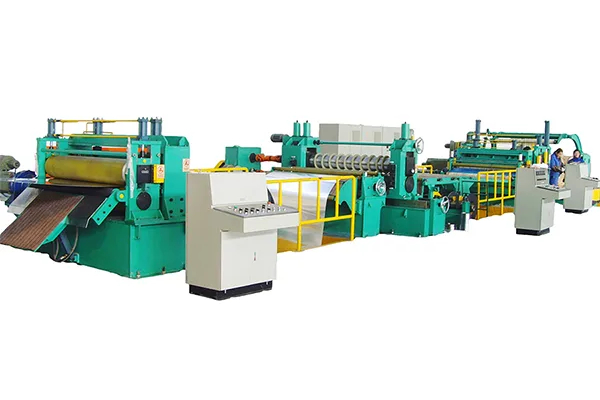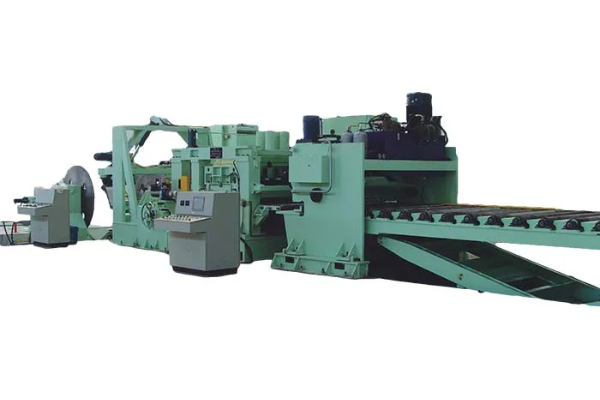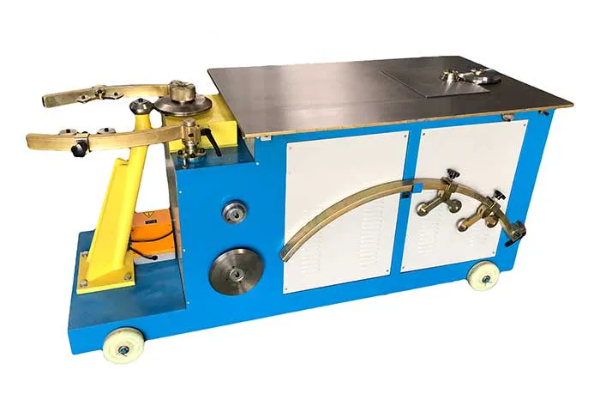
Understanding the Technical Specifications of Rectangular Duct Machines
- By:Metmac
- 2024-09-13
- 206
In the labyrinthine realm of HVAC engineering, the rectangular duct machine reigns supreme as the master architect of airflow conduits. These formidable machines transform raw sheet metal into a symphony of interlocking channels, meticulously designed to distribute vital air throughout our built environments. But within the intricate network of gears and precision controls lies a hidden language, a blueprint of technical specifications that speaks volumes about the machine’s capabilities and performance.
Delving into the depths of these specifications, we encounter a constellation of numbers and values that hold the key to understanding the machine’s potential. The maximum cutting width delineates the maximum width of sheet metal the machine can handle, a crucial factor in determining the size and scope of ductwork it can produce. The maximum forming depth dictates the height of the ducts that can be formed, ensuring compatibility with various ceiling heights and architectural requirements.
The minimum and maximum duct size parameters define the range of ducts the machine can accommodate, from petite residential ducts to colossal industrial channels. This versatility empowers the machine to cater to a wide spectrum of construction projects, from cozy homes to sprawling factories.
However, the specifications extend beyond physical dimensions. The punching speed quantifies the rate at which the machine can perforate holes in the sheet metal, a vital process for creating airflow grilles and other duct fittings. The maximum feeding speed measures the rate at which the metal coil is fed into the machine, directly influencing the overall productivity and efficiency of the duct production process.
Moreover, these technical specifications provide insights into the machine’s operational capabilities. The power consumption value indicates the amount of energy the machine requires to function, which affects operating costs and environmental impact. The noise level rating is an essential consideration for construction sites and indoor environments, as excessive noise can create discomfort and disturbance.
By deciphering the technical specifications of rectangular duct machines, we arm ourselves with invaluable knowledge that empowers us to optimize their performance and achieve seamless airflow management. These specifications serve as a compass, guiding us through the countless options available and enabling us to select the machine that meets the specific demands of our project.
-
Mastering Form and Force: A Guide to Modern Metal Plate Bending Machines
2025/12/16 -
Demystifying Sheet Metal Laser Cutting Machine Price: The METMAC Value Perspective
2025/12/16 -
Metal Sheet Machinery: The Engine of Modern Fabrication and the METMAC Advantage
2025/12/16 -
Beyond the Bend: The Power and Precision of the Modern Sheet Profile Machine
2025/12/16
-
Advanced Sheet Metal Rolling, Laser Cutting, and Folding Machines for Precision Fabrication
2025/10/31 -
High-Performance Sheet Metal Bending and Cutting Machines for Modern Fabrication
2025/10/31 -
High-Quality Sheet Metal Equipment for Sale: Efficient Solutions for Modern Manufacturing
2025/10/31 -
High-Performance Sheet Metal Equipment for Sale: Forming and Shearing Solutions for Modern Fabrication
2025/10/22
-
A Guide to the Latest Innovations in Sheet Metal Folding Machines
2024/11/29 -
Key Features to Consider When Investing in a Sheet Metal Folding Machine
2024/11/28 -
Enhancing Precision with Advanced Sheet Metal Folding Machines
2024/11/27 -
How to Choose the Right Sheet Metal Folding Machine for Your Workshop
2024/11/26







